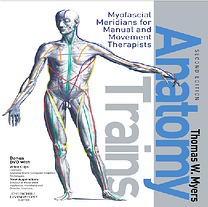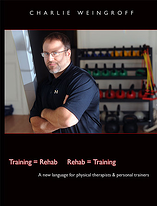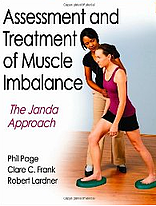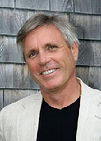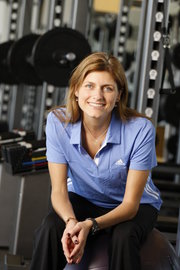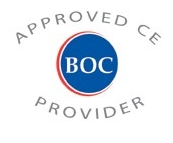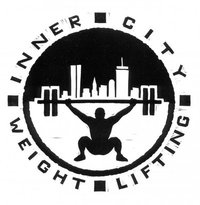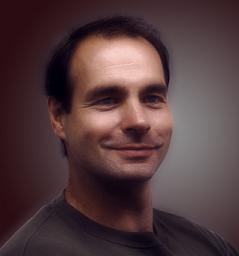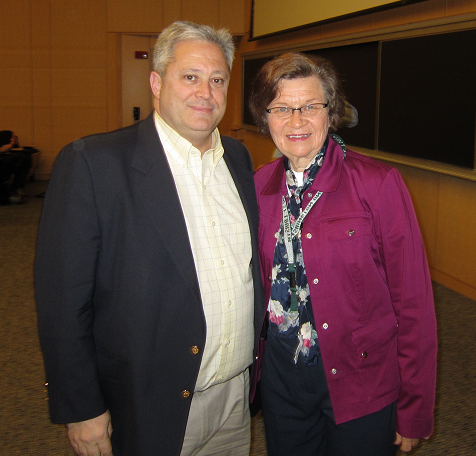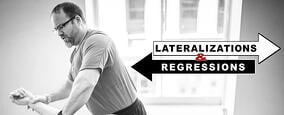by Art Horne
I remember being taught in school that people have low back pain because their hamstrings are tight. Therego, stretch the hamstrings and resolve the low back pain. It was a simple solution to a very complex and often misunderstood problem and yet as a student it was a clean and direct resolution to an often nagging dilemma.
Further testing and evaluation always “proved” the hamstrings as the culprit since so many of the low back pain patients were never able to touch their toes, and of course toe touching was a direct result of hamstring length. Again, this bore out to make sense since after spending an exhausting amount of time stretching these patient’s hamstrings, and then retesting, some measurable change were noted (sometimes) with the patient inching closer to their toes. The only problem in this clean and concise “hamstring-LBP” relationship was that these patients, no matter how long I stretched them or which stretching technique I employed ALWAYS ended up coming back the very next day for the same stretching routine and the same unresolved back pain.

Insanity: Doing the same thing over and over again and expecting different results.
Of course, many of these patients really never had “tight” hamstrings after all, but instead had hamstrings that were preventing them from a place they no had no business being in the first place.
What do I mean?
Well, many of these patients, or at least the majority of them, were flexion intolerant which means both flexing their spine and/or moving into flexion caused a reflexive “tightening” of the hamstrings to essentially keep them from FLEXING FORWARD and moving into a region which would exacerbate their current condition, or “a place they have no business being.” In addition, many of these “tight hamstring” patients were never ever feeling a hamstring stretch, but instead were experiencing a neural stretch, which unfortunately after stretching only continued their “tight-stretch-pain-tight” cycle.
Soo… Should I Stretch or Not?
1. First distinguish between hamstring tightness and neural tension. Neural tension is always described differently than muscular tightness – that is if you’re listening. I had a professor who told me that your patient will always tell exactly what is wrong with them if you listen long enough. And if you listen just a little bit longer, they’ll also tell you exactly how to make them better. This case is no different – of course, if you’re too busy catering water you’ll never have enough time to listen long enough.
2. Neural tension is often described as “pinching” or with other words that clearly denote nerve origin such as “zapping” or “burning.” Muscle tension doesn’t zap or burn.
3. Confirm neural involvement with a slump test – then STOP stretching and begin a nerve flossing regiment if indicated.
4. Does the patient need more mobility (hamstring stretching) or do they simply lack the appropriate stability (or neuromuscular control) which ultimately is limiting them from moving into a place where they simply didn’t have the requisite control? I’m willing to bet that more often than not that stability/neuromuscular control is the limiting factor and not hamstring length – especially in low back pain patients.
So what does this have to do with integrated care?
1. On evaluation during pre-participation screenings a simply toe touch as a gross indicator of both ability and willingness to forward flex will “catch” those athletes who either have had previous back pain, current back pain or a complete lack of understanding relating to lumbar spine/pelvis position and an ability to disassociate them during normal daily living.
2. Those with pain or previous pain should be referred to sports medicine for further evaluation – yes, even those that don’t currently have pain.
3. Those that have trouble separating hip and lumbar motion should be placed into a “teaching” group while in the weight room until they can successfully “stiffen” their spine while gaining mobility and motion throughout the hips; both which are essential if any type of squat or deadlift pattern are prescribed in their program. But really more importantly, these two patterns occur each and every day of their lives and must be grooved before major lumbar spine pathology presents itself.
Click HERE for a quick note on establishing a hip hinge.
Next week: A quick in-service to get both Sports Medicine and Strength Training hinging at the hips and teaching all athletes a great squat pattern.
